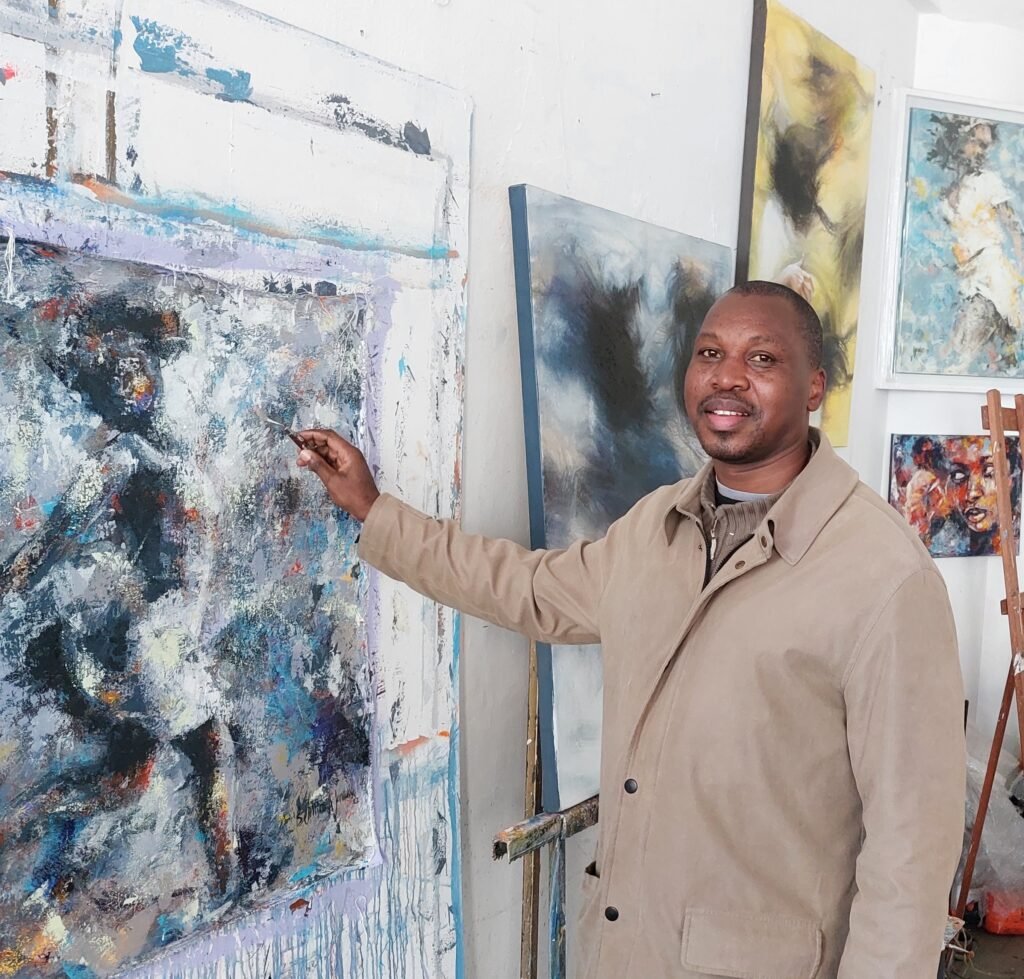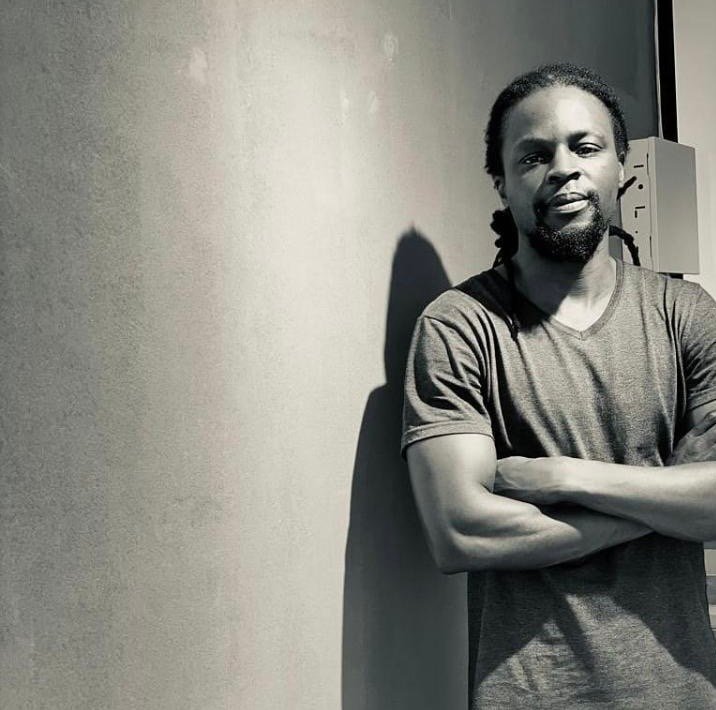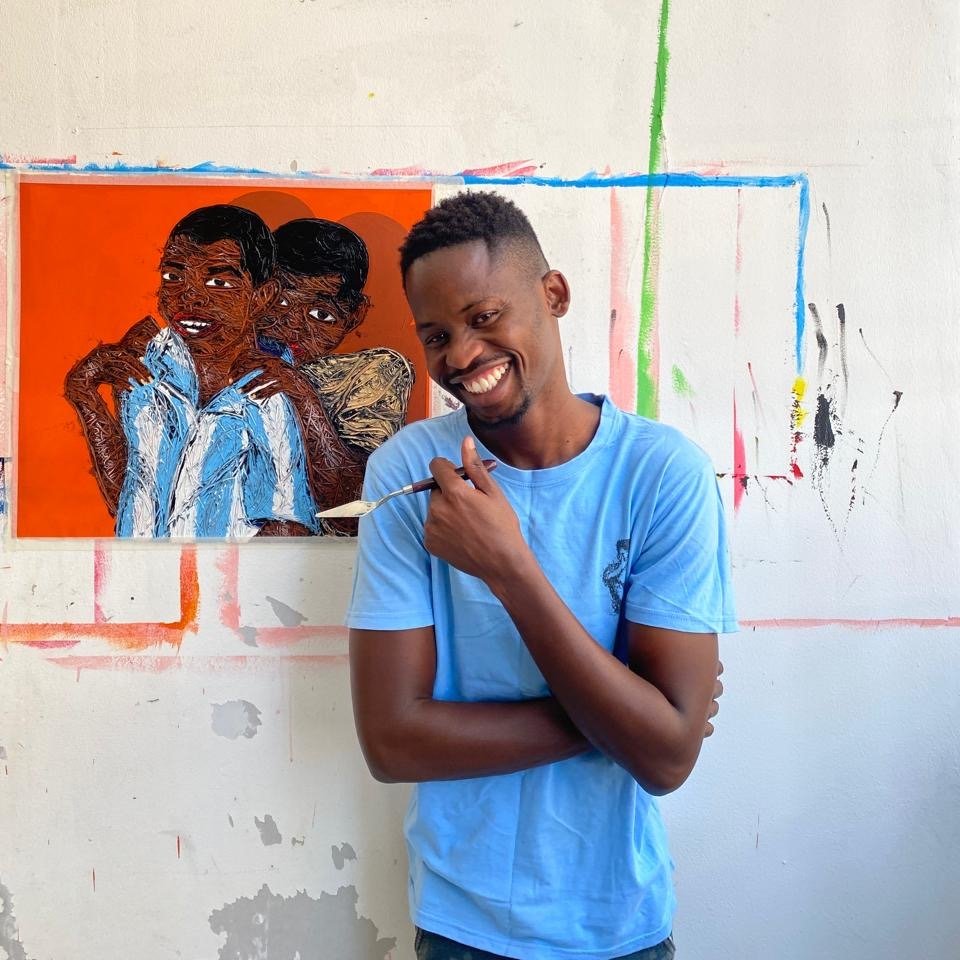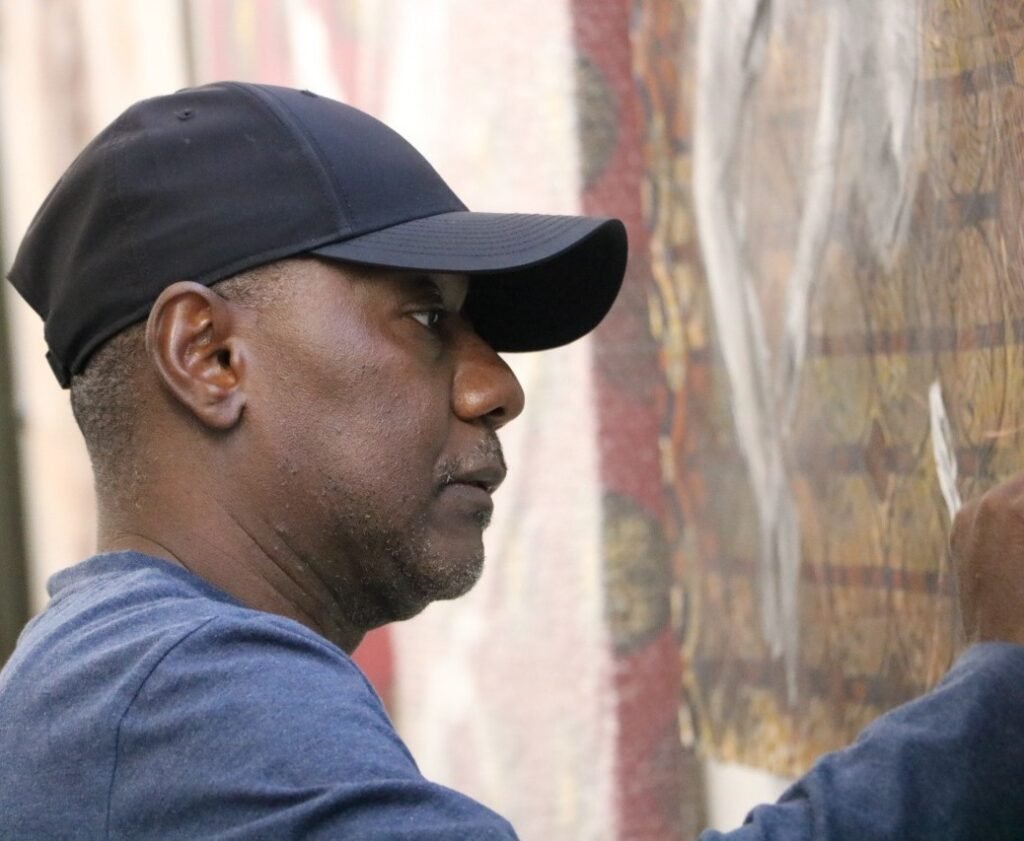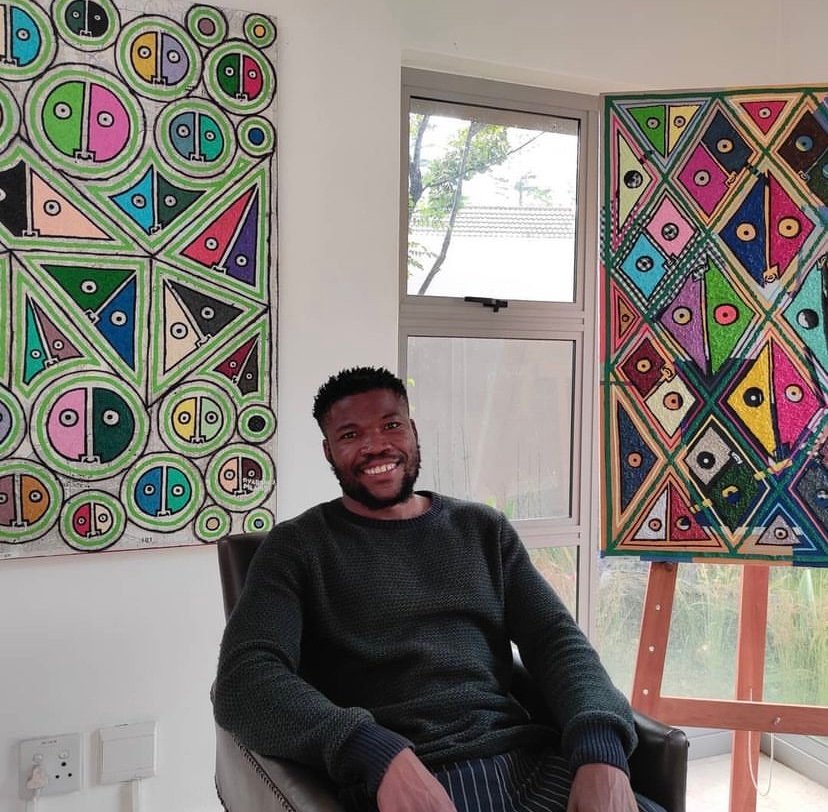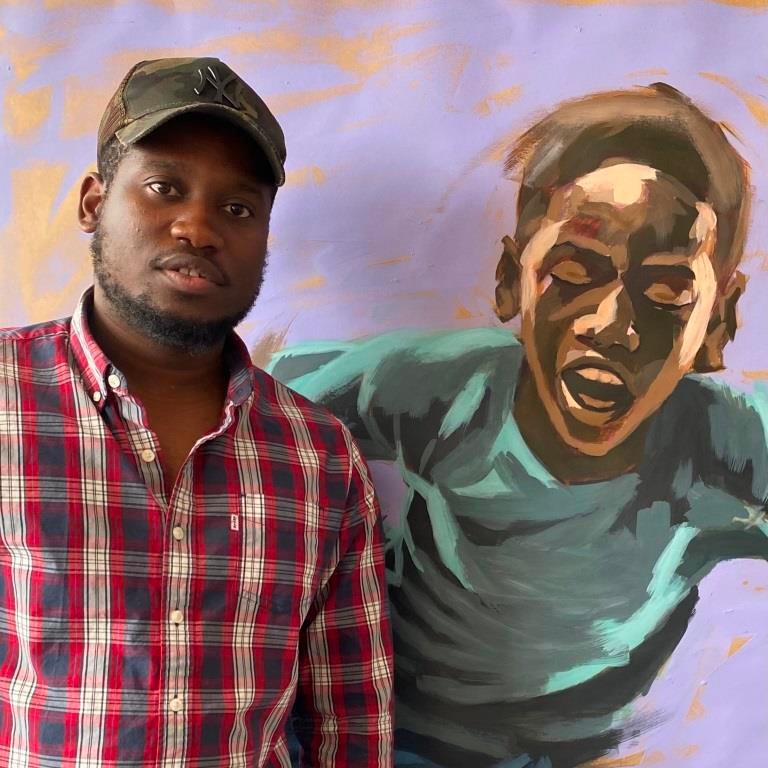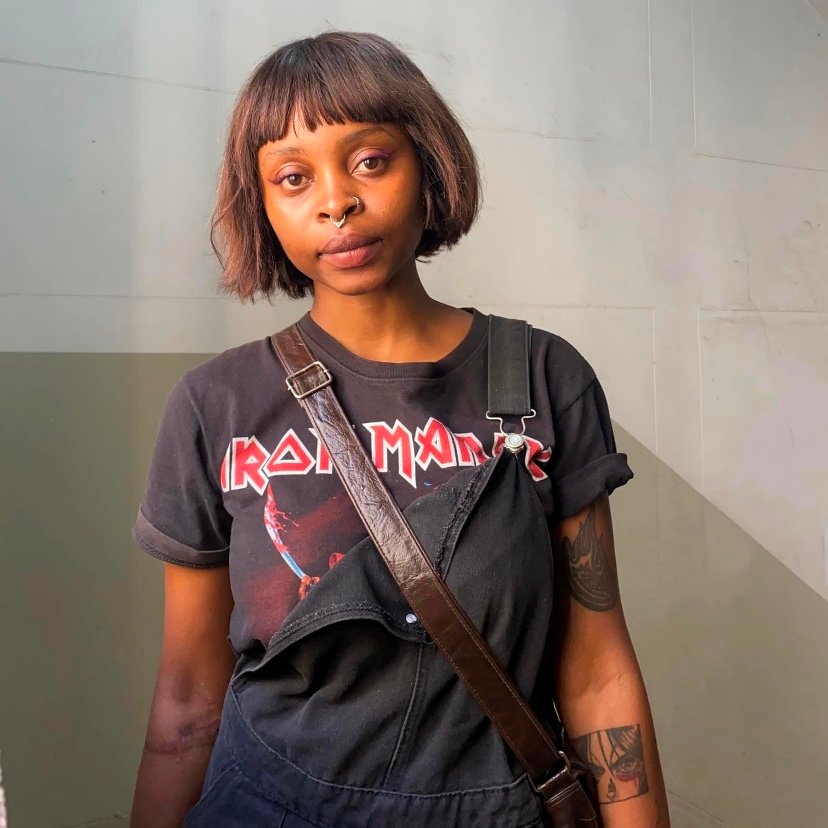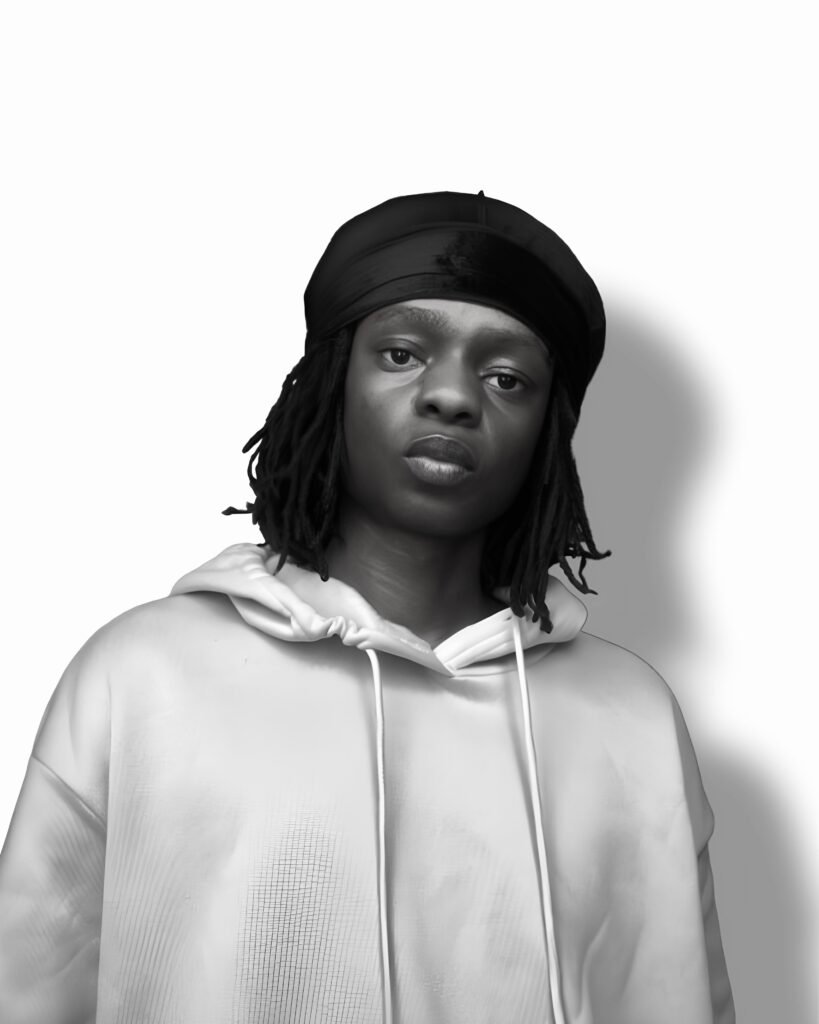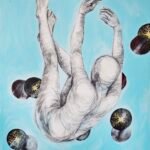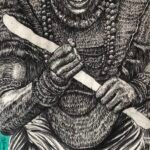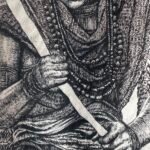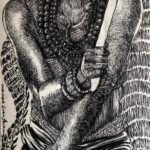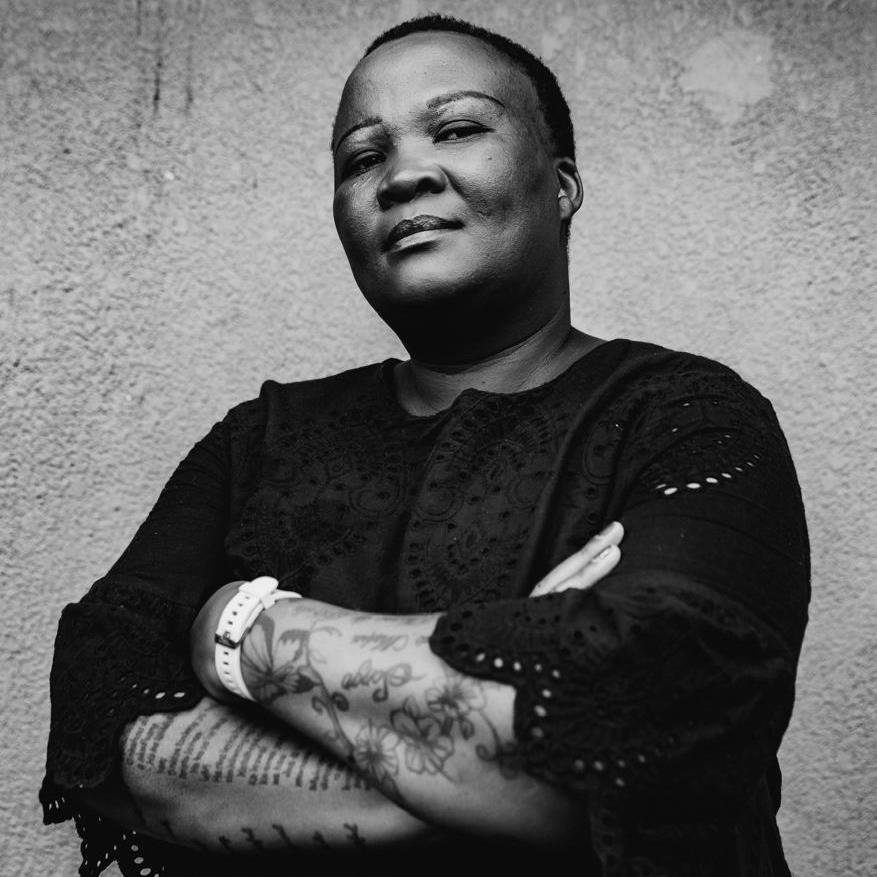
Senzeni Marasela
On Auction
-
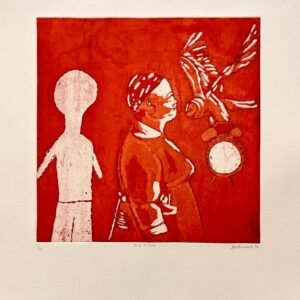 2 O’clock IIR12000,00
2 O’clock IIR12000,00 -
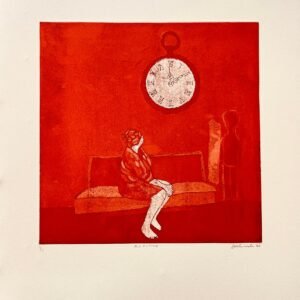 2 O’clock IVR12000,00
2 O’clock IVR12000,00 -
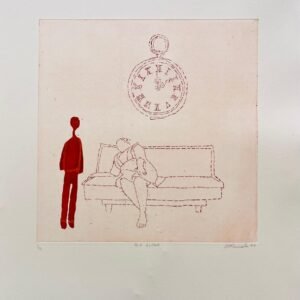 2 O’clock IIIR12000,00
2 O’clock IIIR12000,00 -
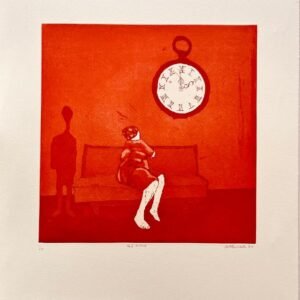 2 O’clock IR12000,00
2 O’clock IR12000,00
Senzeni Marasela: The Artist Behind Theodorah
Senzeni Marasela is a South African multimedia artist whose work has been at the forefront of using personal narrative, identity, and the complexities of post-apartheid society to provoke reflection and initiate dialogue around social issues, particularly those affecting Black women. One of the most striking aspects of Marasela’s practice is her creation of an alter ego, Theodorah, which has served as the central figure in much of her work since 2002. Theodorah is not simply a character or persona for Marasela; she is a medium through which the artist explores themes of race, gender, memory, power, and healing. Through her, Marasela seeks to tell stories that are often marginalized or forgotten, centering on the lives and experiences of Black South African women. In this sense, Senzeni Marasela has positioned herself as a storyteller, using her art to bring visibility to histories that are rarely seen or heard, while also questioning the boundaries of identity, representation, and the role of women in society.
The Birth of Theodorah: A Catalyst for Change
The character of Theodorah first appeared in Marasela’s work in 2002, during a period when the artist was grappling with issues of identity, race, and the aftermath of apartheid. The creation of Theodorah marked a turning point in Marasela’s artistic journey—an exploration of personal and collective histories through the lens of a constructed persona.
Theodorah represents an embodiment of Marasela’s complex relationship with her own identity as a Black South African woman. As an alter ego, she allows Marasela to inhabit multiple narratives, drawing from both real and imagined experiences to tell stories that are deeply emotional, reflective, and often confrontational. The character is designed to push against traditional representations of Black women, offering a counter-narrative that challenges the dominant discourse around race, gender, and societal roles.
In creating Theodorah, Marasela drew inspiration from various sources, including African folklore, her personal family history, and the rich tapestry of cultural and political movements that shaped post-apartheid South Africa. Theodorah became, in many ways, a symbolic figure who could navigate both the personal and the collective. Through her, Marasela was able to confront societal issues like the marginalization of Black women, the erasure of their experiences from historical narratives, and the ongoing struggle for self-representation in a country still reckoning with its colonial and apartheid past.
The Role of Storytelling in Marasela’s Work
Marasela views herself primarily as a storyteller, and her art is driven by the desire to communicate personal and collective narratives. This focus on storytelling is central to understanding her use of Theodorah as an artistic device. Rather than simply presenting static images or figures, Marasela’s work invites the viewer to engage in a dynamic conversation about the human experience—one that is often rooted in silence, oppression, and trauma but also filled with hope, resilience, and joy.
At the core of Marasela’s storytelling is the exploration of the lives of Black women. The experience of being a Black woman in South Africa, both during and after apartheid, is a complex and layered subject, and Marasela’s works do not shy away from the difficulties and contradictions of this existence. Through Theodorah, Marasela has created a platform to explore how Black women have historically been excluded from mainstream narratives, how their voices have often been silenced, and how their stories have been fragmented or distorted.
In many of her works, Theodorah embodies the experiences of multiple generations of Black women in South Africa. The character serves as both a conduit and a witness to the struggles and triumphs of her ancestors, while also representing the continuing fight for social justice and gender equality. Through the persona of Theodorah, Marasela channels the voices of those who have been marginalized by history, giving them space to be heard and understood.
Marasela’s storytelling is not only about giving voice to Black women but also about exploring the healing power of narrative. The process of telling stories, reclaiming lost histories, and asserting personal and collective identities through art can be deeply transformative. Marasela has described her work as a form of healing, both for herself and for those whose experiences she represents. Through Theodorah, Marasela offers a vision of empowerment and self-determination, emphasizing the importance of cultural memory, resilience, and the ongoing process of reimagining the future.
Themes in Marasela’s Work: Memory, Identity, and Resistance
At the heart of Marasela’s practice are themes of memory, identity, and resistance. Her work often addresses the psychological and emotional impact of apartheid, and how its legacies continue to shape contemporary South African society. The experience of living through apartheid, as well as the challenges of navigating post-apartheid realities, are central to Marasela’s exploration of race, gender, and social justice. Theodorah, as a constructed figure, becomes a lens through which these complex issues can be examined.
Memory plays a crucial role in Marasela’s work. The artist often uses personal memories, as well as broader cultural and historical references, to create works that reflect on the past while also imagining new possibilities for the future. Memory, for Marasela, is not static; it is a living, evolving force that shapes both individual identities and collective consciousness. Through her use of Theodorah, Marasela taps into the power of memory to challenge dominant narratives and to assert the voices of those who have been excluded from the historical record.
Identity is another central theme in Marasela’s work. Through Theodorah, the artist explores the fluid and multifaceted nature of identity, particularly the complexities faced by Black women in post-apartheid South Africa. Theodorah becomes a space for Marasela to experiment with different aspects of her own identity, as well as the identities of other black women. The character is not fixed or singular; rather, she embodies multiple layers of experience, from the personal to the collective, and from the everyday to the extraordinary. Through Theodorah, Marasela asks questions about what it means to be a Black woman in South Africa and challenges the limitations placed on these identities by societal expectations.
Resistance is also a key element in Marasela’s work. In a country still grappling with the legacies of apartheid, resistance is both a personal and collective endeavours. Through Theodorah, Marasela resists the dominant cultural narratives that often marginalize or misrepresent Black women, giving voice to their struggles, desires, and experiences. Theodorah’s existence is itself an act of resistance, as she disrupts the conventional notions of identity and representation, creating space for new, alternative narratives to emerge.
Marasela’s work also explores how resistance can be a form of self-liberation. Theodorah’s stories are not only about fighting against external forces but also about the internal process of reclaiming one’s power and agency. This act of self-liberation is essential to Marasela’s artistic practice, as she believes that art has the power to transform both the artist and the audience. Through her work, she encourages viewers to reflect on their own identities, histories, and relationships to power, and to consider how they might resist the forces that seek to define and control them.
Mediums and Techniques: A Visual Language of Storytelling
Marasela’s practice is characterized by its multimedia approach. She works across a wide range of media, including painting, sculpture, drawing, video, and performance. This diversity of media allows her to experiment with diverse ways of telling stories and engaging her audience. The use of mixed media also reflects the complexity and multifaceted nature of the themes she explores, enabling her to create rich, layered works that invite viewers to engage with them from multiple perspectives.
One of the signature elements of Marasela’s work is the incorporation of textiles and fabrics. These materials are often used to evoke a sense of cultural heritage, memory, and identity. Fabric has strong associations with African traditions, particularly in the context of rituals, ceremonies, and daily life. By using textiles in her work, Marasela links her art to broader cultural practices, while also imbuing her pieces with a tactile, emotional quality. Textiles, in Marasela’s hands, become more than just a material; they become a language through which she communicates themes of identity, history, and transformation.
In her video and performance work, Marasela often embodies the figure of Theodorah, using her own body as a site for exploration and expression. Performance allows Marasela to engage directly with her audience, creating a shared experience that brings her stories to life in real-time. Through performance, she can explore the embodied nature of her subject matter, connecting the personal and political in powerful ways.
The Future of Marasela’s Work: A Continued Journey of Storytelling
Looking forward, Senzeni Marasela’s work continues to evolve as she deepens her exploration of the themes that have defined her practice. As both an artist and a storyteller, she remains committed to using her alter ego Theodorah as a vehicle for social change, advocacy, and the amplification of marginalized voices. With her emphasis on memory, identity, resistance, and transformation, Marasela’s art holds a key place in the ongoing conversation about race, gender, and power in South Africa and beyond.
Through her dedication to storytelling, Marasela has not only established herself as a vital force in contemporary African art but also as an artist who uses her practice to engage with the world in meaningful and impactful ways. Whether through painting, sculpture, video, or performance, her work continues to offer new insights into the human condition, reminding us of the importance of history, memory, and the power of art to heal.

